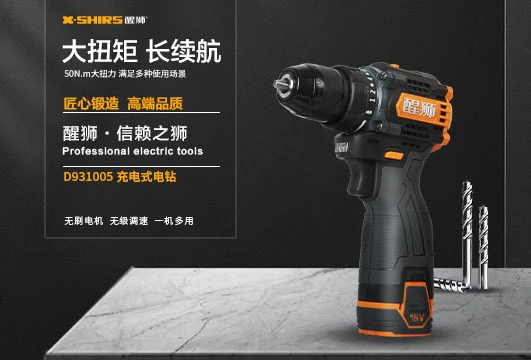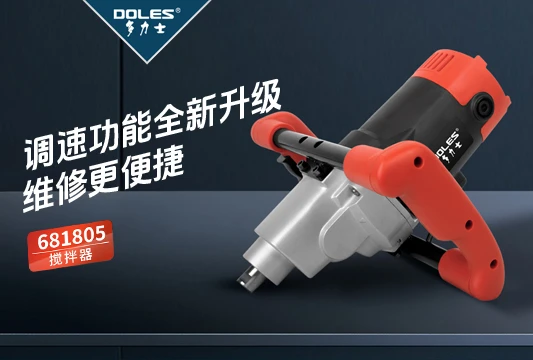25
06 Month
2025
Power tool knowledge
Electric tools are mechanized hand-held or portable implements powered by electric motors or electromagnets, driving working heads through transmission mechanisms. Characterized by portability, ease of operation, and functional versatility, they significantly reduce labor intensity while enhancing efficiency, mechanizing manual tasks. Consequently, they're widely deployed in construction, home renovation, automotive, machinery, power, bridge engineering, and horticulture sectors, with substantial household penetration.
Electric tools feature lightweight construction, compact size, reduced weight, minimal vibration and noise, flexible operation, intuitive controls, and durable portability. Compared to manual tools, they boost productivity by several to dozens of times; versus pneumatic tools, they offer higher efficiency, lower costs, and superior controllability.
Key considerations when selecting electric tools:
1. Differentiate between household and professional use. Most electric tools are engineered for professionals – distinguish power requirements accordingly. Professional-grade tools typically deliver higher wattage to handle demanding workloads, while household variants suffice for lighter tasks with moderate power input.
2. Packaging should display clear graphics without damage. Plastic cases must be robust, with durable clasp mechanisms for secure closure.
3. Inspect for uniform surface coloration. Plastic components should exhibit no visible flow marks, dents, scratches, or impact marks. Assembly misalignment between housing parts should not exceed 0.5mm. Aluminum castings require smooth, defect-free coatings. Verify the entire unit is free of oil/stains. Handles should sit flush when gripped. Cable length should generally be ≥2 meters.
4. Ensure tool nameplate parameters match CCC certification precisely. Instruction manuals must detail manufacturer/factory addresses and contact information. Nameplates or certificates should include traceable batch numbers.
5. Power on while gripping the tool. Repeatedly toggle the switch to test start/stop reliability. Simultaneously observe nearby TVs/fluorescent lights for interference – validating effective radio disturbance suppression.
6. Conduct a one-minute operational test. When held, tools should exhibit no abnormal vibration. Check commutator sparks (should not exceed 3/2 grade) – inspect through air vents for visible arcing. Operation must produce no unusual noise.
Previous:No
Next:What should you pay attention to when using power tools













